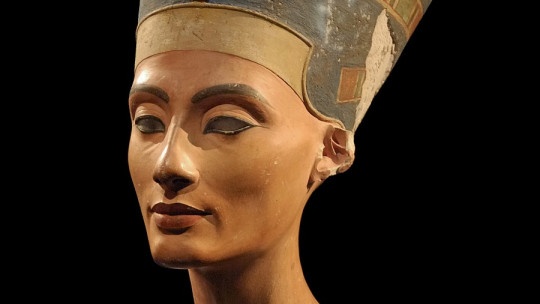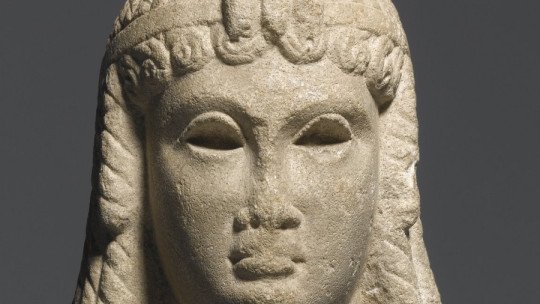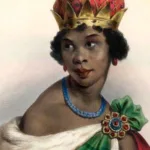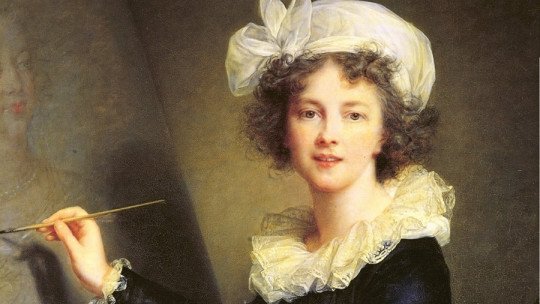She is known mainly for the famous bust kept in the Egyptian Museum in Berlin. Although the sculpture is unfinished (it is missing its left eye), the one depicted draws attention for its enigmatic beauty. Who is this woman? Who was Nefertiti? What role did she play in the religious revolution that her husband launched?
In this biography of Nefertiti you will find a summary of the life of this legendary queen and we try to clarify the dark points of its almost unknown existence.
Nefertiti: biography of a queen
The more Egyptologists insist on reconstructing this woman’s biography, the more questions appear. It seems that the mysterious Egyptian queen resists being discovered. It is not known when she was born, but neither is her origin. Because, despite her being the wife of one of the best-known pharaohs in the history of ancient Egypt, the fact is that everything indicates that Nefertiti was a foreigner.
Egyptian or foreign?
Several possibilities are being considered regarding his homeland of origin. Most experts agree that It most likely came from Mitanni, a powerful kingdom located very close to modern-day Turkey If this theory were true, Nefertiti would have been given, while she was still a child, as a gift to the pharaoh, which could explain the Egyptian name she received, which means something like “the beautiful one has arrived.” According to some historians, Nefertiti would therefore be Taduhepa, a princess of Mitanni who lived during the reign of Akhenaten, although there are serious contradictions that call into question the veracity of this assumption.
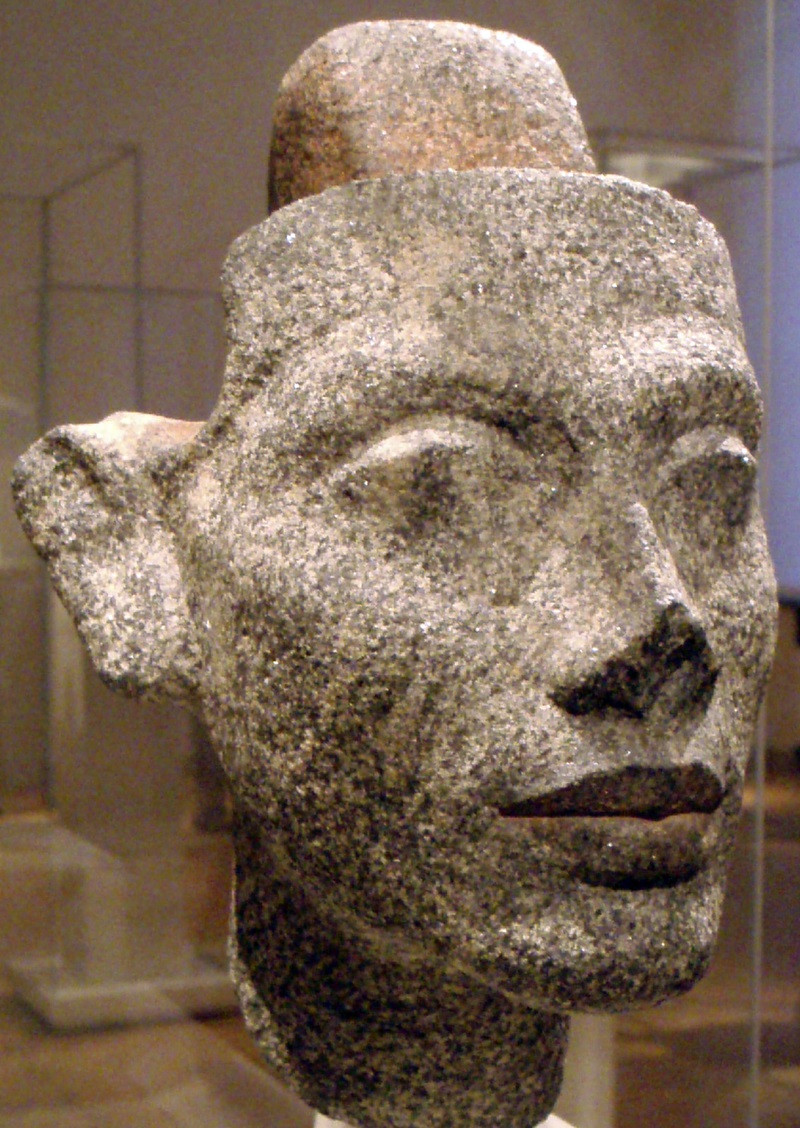
Whether it was Taduhepa or another Mitannian princess, the theory is solid if we take into account not only the name, but also the diplomatic customs of the time. It was very common for neighboring monarchs or allies of the Pharaoh of Egypt to send their daughters to the royal harem, with the aim of sealing alliances or simply expressing their sympathy and good intentions. These girls (because, in most cases, they arrived when they were pre-pubescent) could stay to live in the harem as a concubine or, if they were lucky, become one of the “official” wives of the pharaoh. This seems to be the case with our protagonist.
However, other Egyptologists point to other theories. For example, the British Joan Fletcher, author of an interesting essay on the discovery of the supposed mummy of Nefertiti, assures that the queen had to be Egyptian by birth. Not only that; Ella Fletcher maintains that she, furthermore, had to have belonged to a secondary branch of the royal family, since, otherwise, she would not have become Grand Royal Wife in any way. Let us remember that the pharaoh of Egypt could have several wives, appropriately ranked according to rank, in addition to hundreds of concubines.
Rivalries in the harem
Although its origin is unknown, what is known with certainty is that Nefertiti married Akhenaten when she was about 10 or 11 years old From their union, we begin to know details of their existence. In fact, the Great Royal Wife begins to take on a great role, unusual until then among the pharaoh’s women.
Until recently, the ascendancy that Nefertiti exercised over her husband was not discussed. However, recent discoveries have put a secondary, seemingly insignificant character in the spotlight: Kiya, another of Akhenaten’s wives, of whom Nefertiti supposedly would have been extremely jealous. And some historians suggest that it was Kiya, and not Nefertiti, the pharaoh’s true favorite.
Of course, it is very risky to say so much without sufficient and necessary evidence, but the truth is that Kiya had quite significant titles, such as king’s favorite either much loved wife. It is more than likely, then, that Nefertiti felt jealous of this annoying rival who, in addition, could give sons to the pharaoh (Nefertiti had only had girls). In fact, the aforementioned Joan Fletcher goes beyond it and states in her book The enigma of Nefertiti that The queen could be behind the mysterious death of this secondary wife
In fact, it is not known for certain whether Kiya died during Akhenaten’s reign; simply, and as happens later with Nefertiti, his name disappears from the records, which could mean either a sudden death or a fall from grace for unknown reasons.
The Aton Revolution
Upon the death of Amenhotep III, his son ascends the throne as Amenhotep IV, Akhenaten’s real name It was the period immediately before their political and religious revolution; a period of authentic splendor in the history of Egypt, characterized, among other things, by the extraordinary power exercised by the priests of Amun.
Amun was one of the most important gods in the Egyptian pantheon. He was the Dark Lord, the mysterious creator of heaven and earth whose origin sank into the night of time. The center of his cult was the thriving city of Thebes, where a very powerful priestly caste lived, both economically and politically. Possibly to curtail the influence of these priests rather than for religious reasons, Amenhotep IV established a new and unique cult throughout the land of Egypt: the worship of the solar disk, the god Aten.
Aton was not a deity unknown to the Egyptian people, but he was certainly not among the most important gods. And, above all, no god until then had enjoyed a monotheistic cult. Thus, the new pharaoh established an obvious parallel between the only god, whom no one overshadowed, and the pharaoh. The power of the pharaoh was absolute, and could not be disputed by anyone There would no longer be room for the political influence of the priests. Amenhotep himself (now converted into Akhenaten, “he who is loved by Aten”) would be the main leader of the cults of the solar divinity. Him, and his beloved wife Nefertiti.
A queen close to the people
The art of the period perfectly reflected these changes, and became the best propaganda vehicle for the pharaoh’s new ideology. Traditional deities were replaced on family altars by statuettes of the royal family , to which the people paid devout worship. Akhenaten thus shortened the distance between him and his people and thus made any intermediation impossible. The connection was established directly between the Egyptians and their god-king.
This propaganda required, of course, a new iconographic language that replaced the majestic and distant effigies of the preceding monarchs. Akhenaten and Nefertiti are represented in a “humanized” way; Artists deliberately deform their anatomies to make them appear more human and accessible. Likewise, the attitudes they take in these representations are very close: the couple lovingly holds hands, caresses her daughters and plays with them. The family element is very present in these representations, without forgetting the divine component: The entire family is shown worshiping the solar disk, which sends down its rays in the shape of hands to bless them
The most famous face in Egypt
But probably the best-known representation of Queen Nefertiti is the one we mention in our introduction, discovered in the excavations that were carried out at the beginning of the 20th century in Amarna, in the remains of Akhet-aten, the new capital that Akhenaten ordered to be built in the middle of the desert. The temples and palaces had been practically destroyed, but among the rubble numerous objects were found that are invaluable testimony of that turbulent period.
Specifically, it was in one of the neighborhoods designated for the city’s workers where the discovery took place. More specifically, in the workshop of the sculptor Thutmose, where busts were found not only of Nefertiti, but also of her daughters. The naturalism that we mentioned in the previous point is evident in these representations, although it is true that in the famous bust preserved in Berlin the deformation of features that we do see in other representations of the queen is not appreciated, so we can deduce that this It was his real appearance.
At the time the bust was made, Nefertiti must have been about 40 years old. Despite its obvious realism, the absolute perfection of the face suggests some kind of “retouching.” The absence of the left eye is striking; Did it come off during the assaults on the city or was it never there? This last version is the most probable, since the work has all the appearance of being a simple model, on which the other portraits of the queen would be based.
The Pharaoh Queen?
Unexpectedly, and after being present at all the demonstrations and documents, Nefertiti disappears from the records shortly after the bust was made. This is one of the greatest mysteries of Egyptology, which experts have not yet been able to decipher. Did the queen die? Did she fall into disgrace and therefore her name was erased? These two theories are completely plausible. However, there is a third, which is the most fascinating. Because this last hypothesis raises the possibility that Nefertiti changed her name and became known as Smenkare… pharaoh of Egypt.
Indeed; Just when the queen’s name disappears from the records, this young pharaoh appears who, in some representations, appears in an attitude very close to Akhenaten. And, although it could well be that, after the death or fall from grace of the queen, the pharaoh allied himself with him, it could also be that this was none other than Nefertiti herself. In this case, it would turn out that the ambitious queen would have come to co-reign with her husband and would have taken on, in this way, the attributes and appearance of a pharaoh, as happened years ago with Queen Hatshepsut.
After the brief reign of Smenkare and the death of Akhenaten, the chaos that the revolution had caused atonian came to an end and The new monarch, the very young Tutankhamun, reestablished the ancient cult Nothing would remain of Akhenaten’s monotheistic religion, except precious objects hidden under the dust and ruins of what was his capital, Akhet-aten, “the horizon of Aten.” As for Nefertiti, the end of her is as cryptic as the beginning of her. There is still a long way to go to reconstruct the entire story of this fascinating woman, if it can ever be done.

